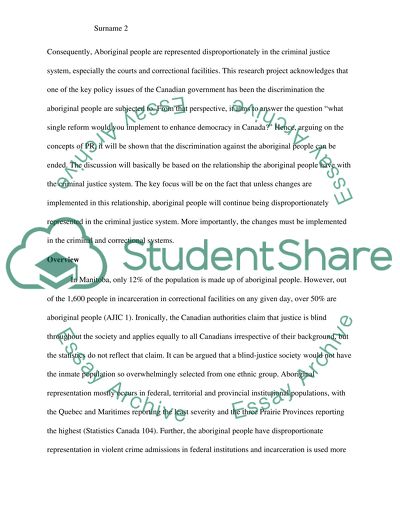Cite this document
(Proportional Representation of Reform to Implement to Enhance Research Paper, n.d.)
Proportional Representation of Reform to Implement to Enhance Research Paper. https://studentshare.org/politics/1689946-what-single-reform-would-you-implement-to-enhance-democracy-in-canada-i-picked-proportional-representation
Proportional Representation of Reform to Implement to Enhance Research Paper. https://studentshare.org/politics/1689946-what-single-reform-would-you-implement-to-enhance-democracy-in-canada-i-picked-proportional-representation
(Proportional Representation of Reform to Implement to Enhance Research Paper)
Proportional Representation of Reform to Implement to Enhance Research Paper. https://studentshare.org/politics/1689946-what-single-reform-would-you-implement-to-enhance-democracy-in-canada-i-picked-proportional-representation.
Proportional Representation of Reform to Implement to Enhance Research Paper. https://studentshare.org/politics/1689946-what-single-reform-would-you-implement-to-enhance-democracy-in-canada-i-picked-proportional-representation.
“Proportional Representation of Reform to Implement to Enhance Research Paper”. https://studentshare.org/politics/1689946-what-single-reform-would-you-implement-to-enhance-democracy-in-canada-i-picked-proportional-representation.


